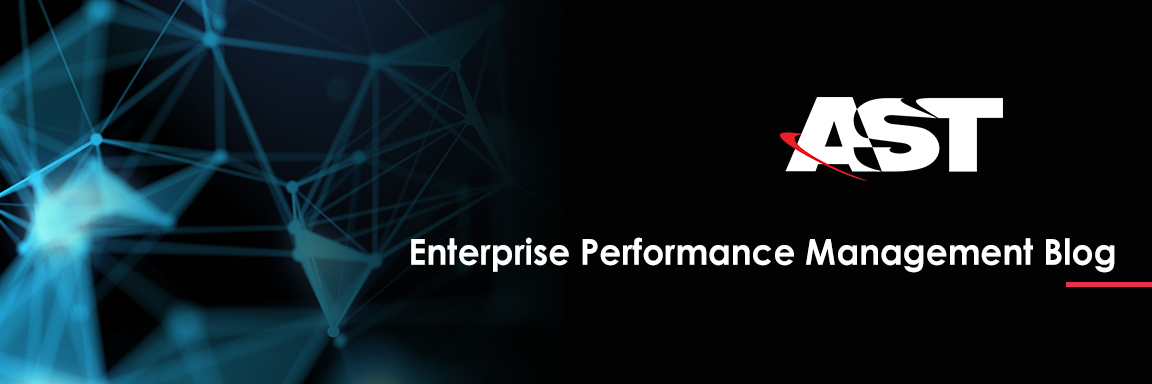In 2017, Andrew White from Gartner published a blog entitled: Before Implementing ERP Systems, Implement Application Data Management! It’s a quick and interesting read about how traditional MDM lacks the rigor to keep applications in sync beyond core elements like customer and product data. The article makes many good points and coins the acronym ADM (Application Data Management), which influenced some major players, including Oracle & SAP.
His message was that traditional MDM doesn’t address the challenges of synchronizing application level data and settings across numerous ERP modules and other systems. He observed that the slow degradation of data definitions and misalignment across applications rarely creates major issues quickly; it is more like death by a thousand cuts. While his focus was on managing data across modules within an ERP, in the age of the Cloud these needs quickly transcend ERP, and need to include solutions provided by multiple vendors.
Enter Oracle’s Enterprise Data Management (EDM) Cloud, which has matured significantly in the in two years since its inception. There are major benefits that can be achieved very quickly using the solution. For example, financial reporting structures can be easily harmonized by merely installing and configuring out-of-the-box connectors to Oracle ERP Cloud Financials, as well as to Financial Consolidation and Close and Planning in the Oracle EPM Cloud.
General Ledger reporting segments and hierarchies in ERP can be synchronized with reporting dimensions in Consolidation and Planning. To the uninitiated, understanding the similarities and differences between these data structures can be daunting, and that was before they could be governed in a single tool! Add in:
- Robust security;
- Drag and drop editing;
- Approval workflows;
- Automated updates across systems via a subscription model;
- And the ability to audit metadata changes;
and the combination of insight and control that can be instituted in a matter of weeks is truly awesome and inspiring.
Applications

When applications are registered in Oracle EDM Cloud using prebuilt adapters, metadata is generated automatically for all data elements to be mastered. In the screenshot above, the applications that have been registered in EDM Cloud are shown. The registration definitions include all the segment types, hierarchies, and reporting dimensions being mastered for those applications, as well as the connection details for those cloud services.
Viewing Application Dimensions & Metadata

When viewing an Application, all the nodes being mastered can be seen. In the example above, the General Ledger (GL) Account Segments from the ERP Cloud Financials GL are viewed in list format. The properties to the right include the account description, Boolean flags for allow budgeting/posting/etc., effective dates, and other metadata required by the General Ledger in Oracle ERP Cloud.
Maintenance Centric Views

While it’s useful to see all the metadata being mastered for an application, where EDM Cloud really shines is when domain-specific views are created. In the example above, a custom view shows all the uses of GL Accounts across these applications. The first tab shows the GL Account structure as a hierarchy, rather than a list view. The properties for each account remain the same, the definitions required by the Oracle Fusion GL.

The second tab in the Account Maintenance View shows the Accounts dimension in Financial Consolidation and Close. The same Account that was highlighted on the prior tab is highlighted here, and at a glance one can quickly tell that the Financial Consolidation and Close Account dimension looks significantly different from the Fusion GL Account hierarchy. It contains many prebuilt members, but all the leaf level GL segments are required, and many of the parent members are reused as well! The properties being managed are also quite different, and reflect the metadata used to manage and tune the performance of the Financial Consolidation and Close in the EPM Cloud application.

The third tab in the view displays the Planning Account dimension. It is purpose-built to support multiple planning models and contains many prebuilt members. It also has the most complex property metadata, since the dimension can be tuned differently for use in the Financial, WorkForce, Project, CAPEX, Strategic, and Custom planning models within Oracle EPM Cloud.
Managing all these aspects centrally within EDM Cloud allows multiple teams to collaborate and effectively control the impacts of GL segment changes across the enterprise. The use case we’ve shared can be extended well beyond GL segment changes to include classification schemes, status codes and system settings. It can also include Data Warehouse reporting dimensions to keep the mappings used by the ETL process up-to-date. The ability to comprehensively validate metadata enables organizations to proactively control the impact of application-level changes across the enterprise, providing reporting landscapes like never before.
Contact AST today to learn more about EDM Cloud, and how Application Data Management can benefit your organization.


















































